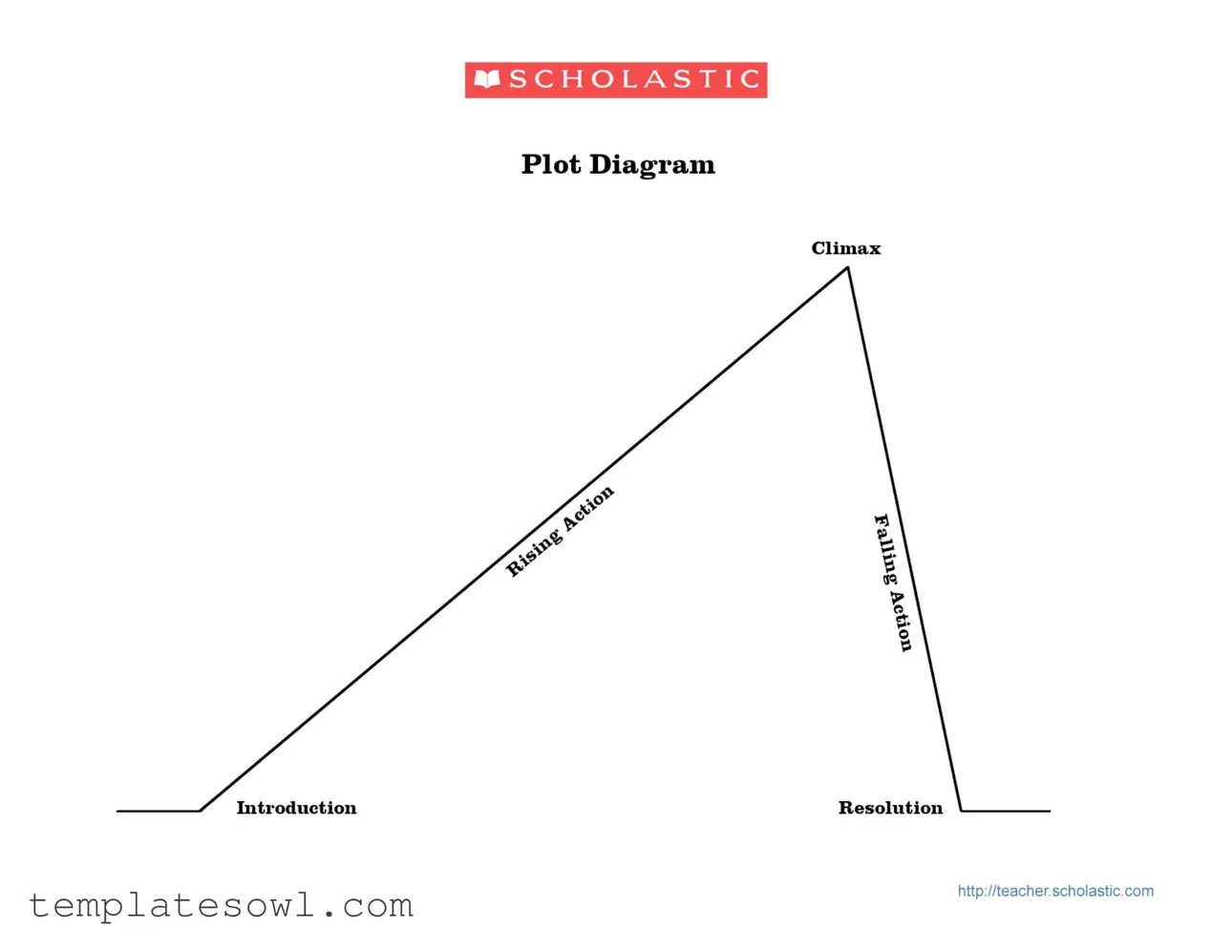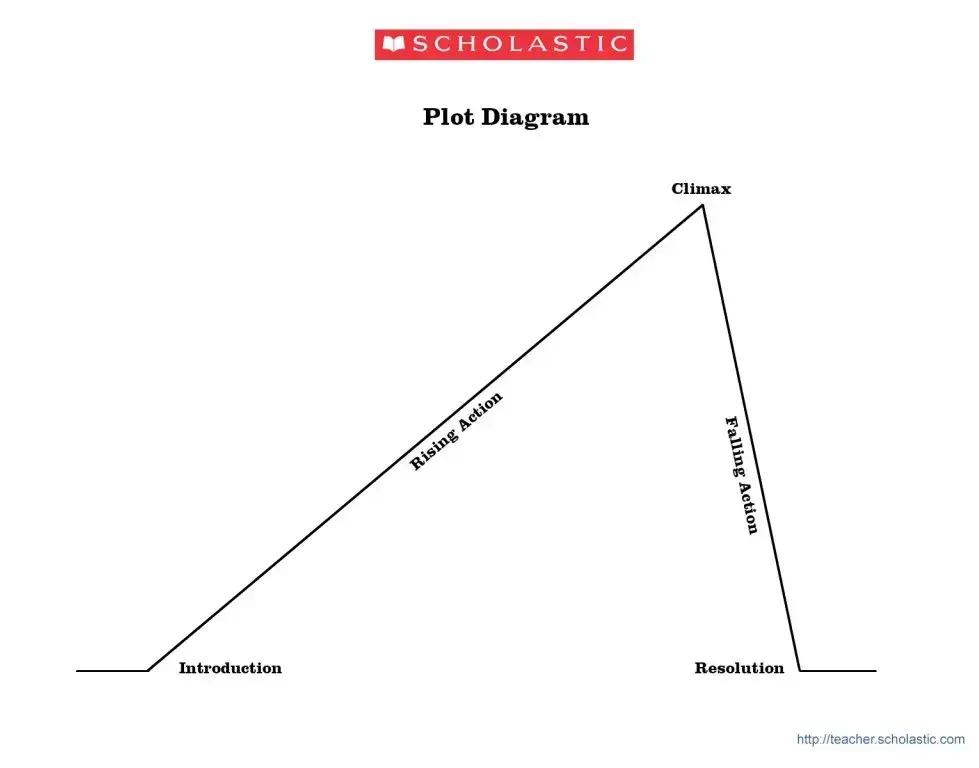What is a Plot Diagram?
A Plot Diagram is a visual representation that outlines the structure of a story. It typically includes key components such as the introduction, rising action, climax, falling action, and resolution. This form helps writers and readers understand the progression of the narrative and the relationship between events within the plot.
Why is the Plot Diagram important?
The Plot Diagram is important because it provides a clear framework for storytelling. By identifying and organizing key events, it allows authors to craft coherent narratives. Additionally, it aids readers in comprehending the flow of the story, making it easier to follow character development and thematic elements.
What are the main parts of a Plot Diagram?
The main parts of a Plot Diagram include the introduction, rising action, climax, falling action, and resolution. The introduction sets the stage for the story, while the rising action develops conflict and tension. The climax represents the turning point, where the main conflict reaches its peak. Following that, the falling action addresses the aftermath, leading to the resolution, which concludes the story.
How can I use a Plot Diagram to improve my writing?
To improve writing using a Plot Diagram, begin by outlining the main events of your story in each of the five parts. This helps identify areas where the plot may lack tension or coherence. By ensuring that each section effectively transitions to the next, writers can create a more engaging narrative that resonates with readers.
Can a Plot Diagram be used for different genres?
Yes, a Plot Diagram can be adapted for various genres, including fiction, non-fiction, and even poetry. While the elements may be interpreted differently depending on the genre, the underlying principles of conflict and resolution remain applicable across all forms of storytelling.
Is there a specific order for completing a Plot Diagram?
While there is no strict order for completing a Plot Diagram, it is generally most effective to start with the introduction and progress through to the resolution. Some writers may prefer to outline the climax first to ensure their story builds toward this critical point. Flexibility in the process allows for creativity while maintaining a structured approach to storytelling.

